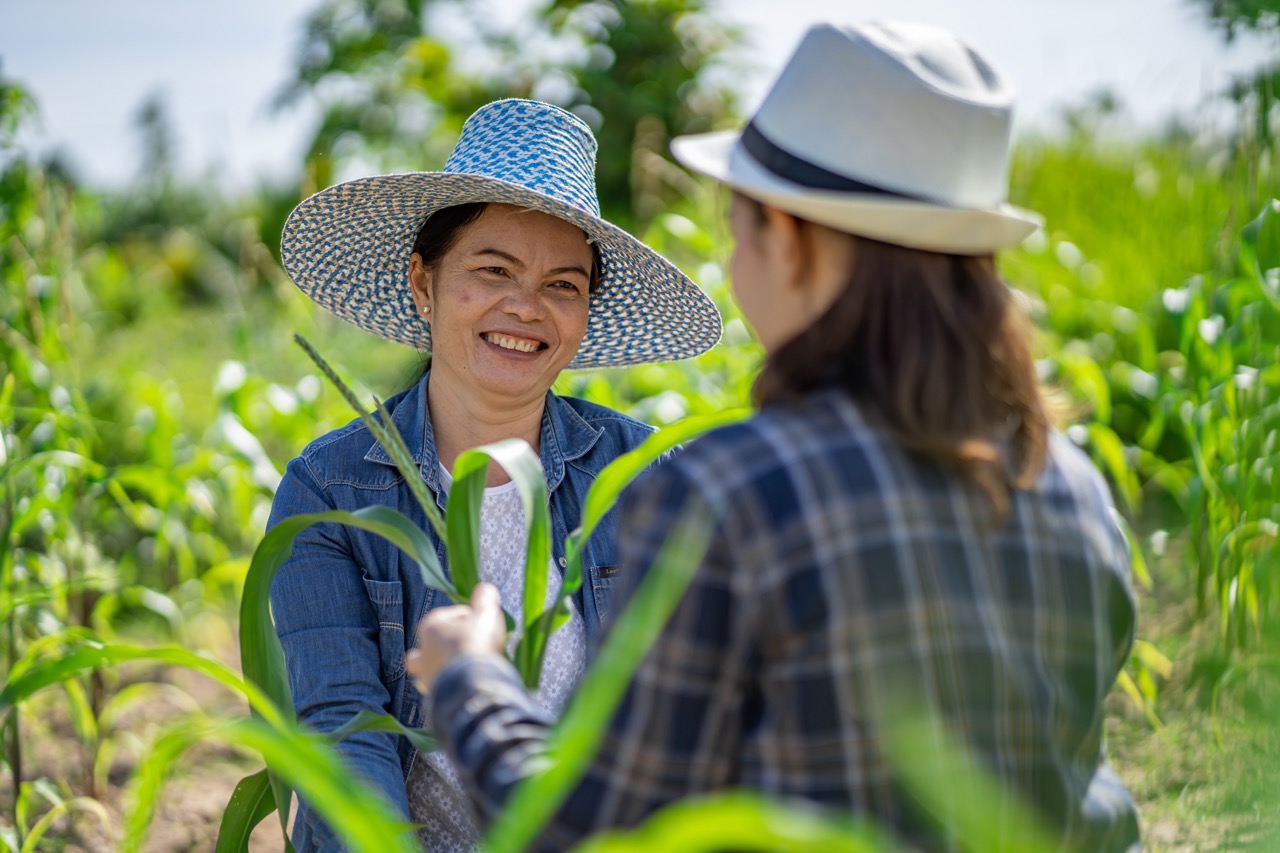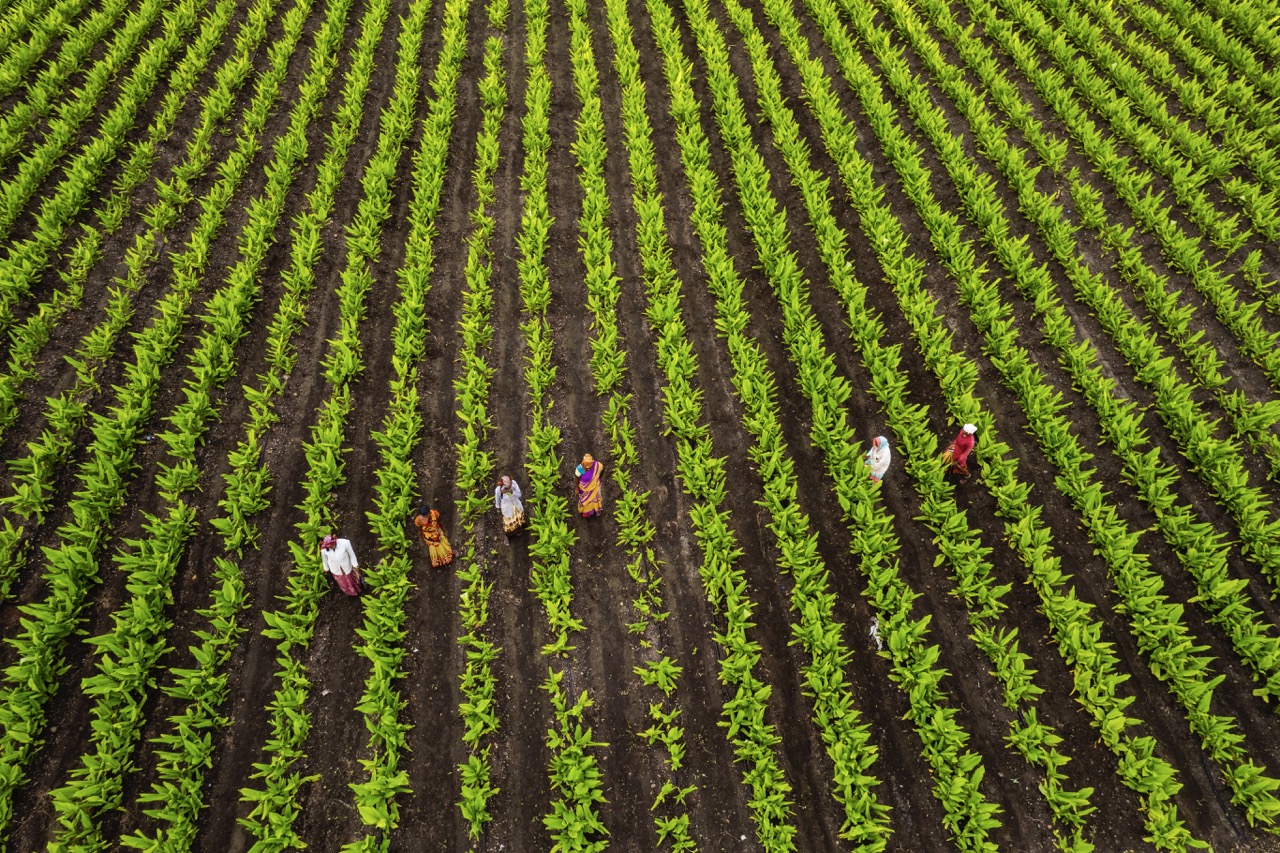In recent years, the agriculture sector has recognized the importance of youth engagement as a critical component for its sustainability and growth. One innovative approach that has garnered attention is sharecropping, a practice that has historical roots but can be reimagined to empower young people in agricultural communities. By leveraging the principles of sharecropping, local stakeholders can create opportunities for youth to participate meaningfully in agriculture. This article explores the historical context of sharecropping, its benefits for youth, implementation strategies for community programs, and inspiring success stories that showcase its potential.
Understanding Sharecropping: A Historical Perspective
Sharecropping emerged in the United States during the Reconstruction era, allowing landowners to divide their land among tenants who would cultivate it in exchange for a share of the crop. This system arose as a response to the economic challenges faced by both landowners and newly freed African Americans. While historically fraught with issues of exploitation and inequity, sharecropping also provided a means of livelihood for many families who may not have had access to land ownership. Understanding this complex history is essential for reimagining sharecropping as a tool for youth engagement today.
In contemporary agricultural practices, sharecropping can take on new meanings, particularly in the context of cooperative farming models that promote equity and sustainability. The core idea can be adapted to create partnerships between experienced farmers and youth, providing a platform for mentorship and skill-building. This evolution in sharecropping helps to address modern challenges such as food security and community resilience, while also fostering a sense of ownership and investment among young participants.
By drawing lessons from historical sharecropping, contemporary initiatives can implement practices that empower youth rather than exploit them. This includes ensuring fair compensation, access to resources, and educational opportunities. As communities reflect on the past, they can build a future where sharecropping serves as a bridge for young people to enter and thrive in the agricultural sector.
Benefits of Sharecropping for Youth in Agriculture
Engaging youth through sharecropping can provide numerous benefits, including hands-on experience in agricultural practices and business management. By working directly with established farmers, young people gain valuable insights into crop production, pest management, and sustainable farming techniques. This practical experience can enhance their skill sets and prepare them for future careers in agriculture, whether as farmers, agronomists, or entrepreneurs.
Moreover, sharecropping models foster community connections and networking among young participants and seasoned agriculturalists. The collaborative nature of sharecropping cultivates relationships that can lead to mentorship opportunities, internships, and access to resources such as funding and technology. These networks are crucial for young farmers, as they often lack the capital and experience needed to start their agricultural ventures independently.
Additionally, sharecropping can instill a sense of responsibility and stewardship among youth. Participating in agricultural production encourages young people to take ownership of their work and its impacts on their community and environment. By involving youth in decision-making processes and allowing them to share in the profits, sharecropping promotes financial literacy and instills a sense of pride in contributing to local food systems.
Implementing Sharecropping Programs in Local Communities
Successful sharecropping programs begin with thorough community engagement and collaboration. Local agricultural organizations, schools, and government agencies can work together to identify potential youth participants and farmers willing to mentor them. Community meetings and workshops can facilitate discussions about the benefits of sharecropping and help dispel any misconceptions associated with the practice. This groundwork is essential for building trust and ensuring that all stakeholders understand their roles and responsibilities within the program.
Once interest has been generated, establishing clear guidelines and agreements between youth and landowners is vital. These agreements should detail expectations regarding labor, crop sharing, and financial arrangements to create a transparent framework that protects the interests of both parties. Training sessions on agricultural best practices, business management, and financial literacy can be integrated into the program to equip youth with the necessary skills for success.
Finally, ongoing support and monitoring are crucial for the sustainability of sharecropping initiatives. Regular check-ins and workshops can help address challenges faced by participants while fostering a sense of community. By creating an environment where youth feel supported and valued, programs will encourage continued participation and growth, ultimately leading to the revitalization of local agricultural practices.
Success Stories: Youth Engagement Through Sharecropping
Across the United States and beyond, several successful sharecropping initiatives have emerged that illustrate the potential of this model for youth engagement. One notable example is the "Youth Farm" project in Minneapolis, Minnesota, which provides urban youth with a platform to learn agricultural skills through a sharecropping framework. Participants work collaboratively on the farm, sharing the harvest while also receiving training in sustainable practices, business management, and marketing. This program has not only produced fresh produce for local markets but has also cultivated a generation of young leaders passionate about agriculture.
In California, the "Farm to School" initiative has integrated sharecropping principles, allowing young students to engage in agricultural projects on school campuses. By connecting them with local farmers, students gain hands-on experience in growing their food while sharing in the harvest. This program has inspired many participants to pursue careers in agriculture, and it emphasizes the importance of sustainable food systems and healthy eating practices.
Lastly, in Kenya, a community-based organization has revived traditional sharecropping practices to empower youth in rural areas. By partnering young farmers with landowners, the program has fostered a sense of community and collaboration. Participants not only share in the crops produced but also benefit from training in modern agricultural techniques and entrepreneurship. This initiative has led to increased food production and has inspired youth to become change agents in their communities.
Reimagining sharecropping as a tool for youth engagement in agriculture presents a promising avenue for revitalizing the sector and fostering a new generation of agricultural leaders. By drawing from historical insights and implementing effective community-based programs, stakeholders can create an environment where young people feel empowered to contribute to their local food systems. The success stories emerging from various initiatives underscore the potential of sharecropping to enhance youth participation, build resilience, and promote sustainable agricultural practices. As we look to the future, embracing innovative approaches like sharecropping is crucial for ensuring the sustainability and growth of agriculture in communities worldwide.










